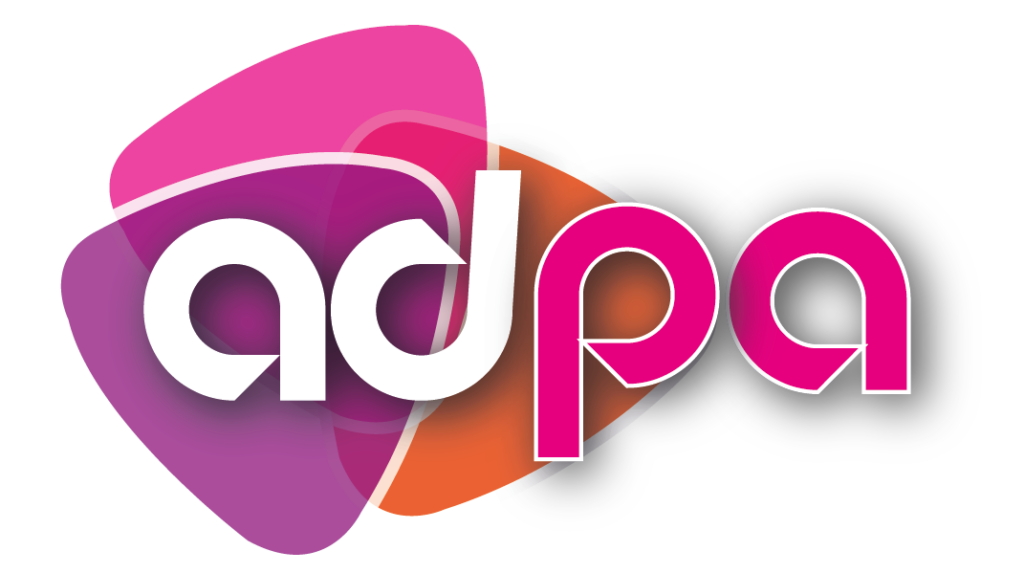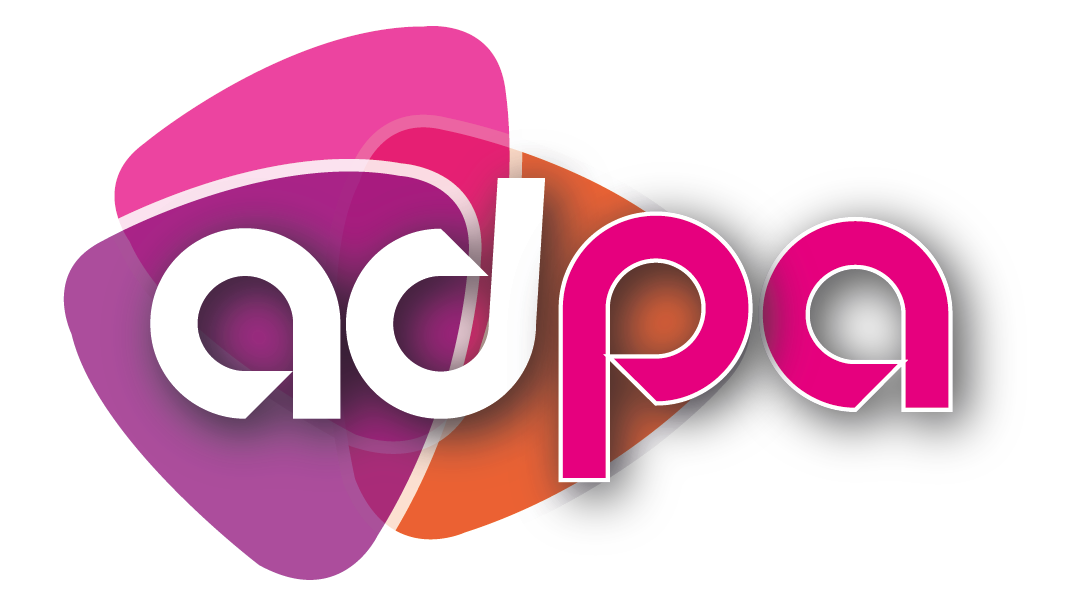In the dynamic landscape of today’s workplace, fostering a culture of well-being goes beyond merely ticking compliance boxes. Human Resources (HR) departments play a pivotal role in ensuring regulatory adherence and elevating the workforce’s overall well-being. In this blog post, we’ll explore how HR assistance can transcend compliance boundaries and become a driving force for employee satisfaction and productivity.
Understanding the Human Element
At its core, HR is not just about policies and regulations; it’s about people. Employees are not mere cogs in a machine; they are the heartbeat of an organisation. Recognising and addressing their needs and concerns is the first step towards building a workplace where well-being thrives.
HR assistance begins with actively listening to employees. Conducting regular surveys, one-on-one meetings and fostering an open-door policy creates an environment where employees feel heard and valued. By understanding the human element, HR can tailor assistance programs to address specific challenges faced by individuals within the organisation.
Comprehensive Well-being Programs
Moving beyond compliance necessitates the implementation of comprehensive well-being programs. These programs should encompass employee health’s physical, mental, and emotional aspects. Offering gym memberships, mental health days, or mindfulness sessions can contribute to a holistic well-being approach.
HR can collaborate with healthcare providers, fitness experts, and mental health professionals to design programs that cater to the workforce’s diverse needs. HR assistance becomes proactive in employee well-being by proactively addressing health concerns and promoting a healthy work-life balance.
Flexibility as a Key Element
In the modern work landscape, flexibility is not just a perk but a necessity. HR assistance can contribute to well-being by championing flexible work arrangements. Whether it’s remote work options, flexible hours, or compressed workweeks, providing employees with the autonomy to manage their work in a way that suits their needs fosters a sense of control and reduces stress.
Moreover, embracing flexibility is not just about accommodating personal needs but acknowledging that individuals have different peak productivity hours. By allowing employees to work when they are most productive, HR assistance can contribute to optimising work output and overall job satisfaction.
Learning and Development Opportunities
Investing in the growth and development of employees is a powerful way to elevate their well-being. HR assistance can go beyond compliance training and offer learning opportunities that align with individual career goals. This could involve mentorship programs, skill development workshops, or financial literacy courses.
When employees feel that their professional growth is nurtured and supported, it enhances their well-being and increases engagement and loyalty. HR can guide employees, helping them navigate their career paths within the organisation.
Conclusion: A Holistic Approach to Well-being
In conclusion, HR assistance has the potential to transform workplace well-being from a compliance checkbox to a holistic, proactive approach. By recognising the individuality of each employee, implementing comprehensive well-being programs, championing flexibility, and investing in learning and development, HR becomes a strategic partner in fostering a thriving and satisfied workforce.
The true value of HR assistance lies in avoiding legal pitfalls and creating an environment where employees flourish both personally and professionally. As organisations embrace the idea that a happy and healthy workforce is productive, HR’s role in elevating well-being becomes more crucial than ever. It’s time for HR to lead the charge, going beyond compliance and becoming a catalyst for a workplace where everyone can thrive.


 London
London